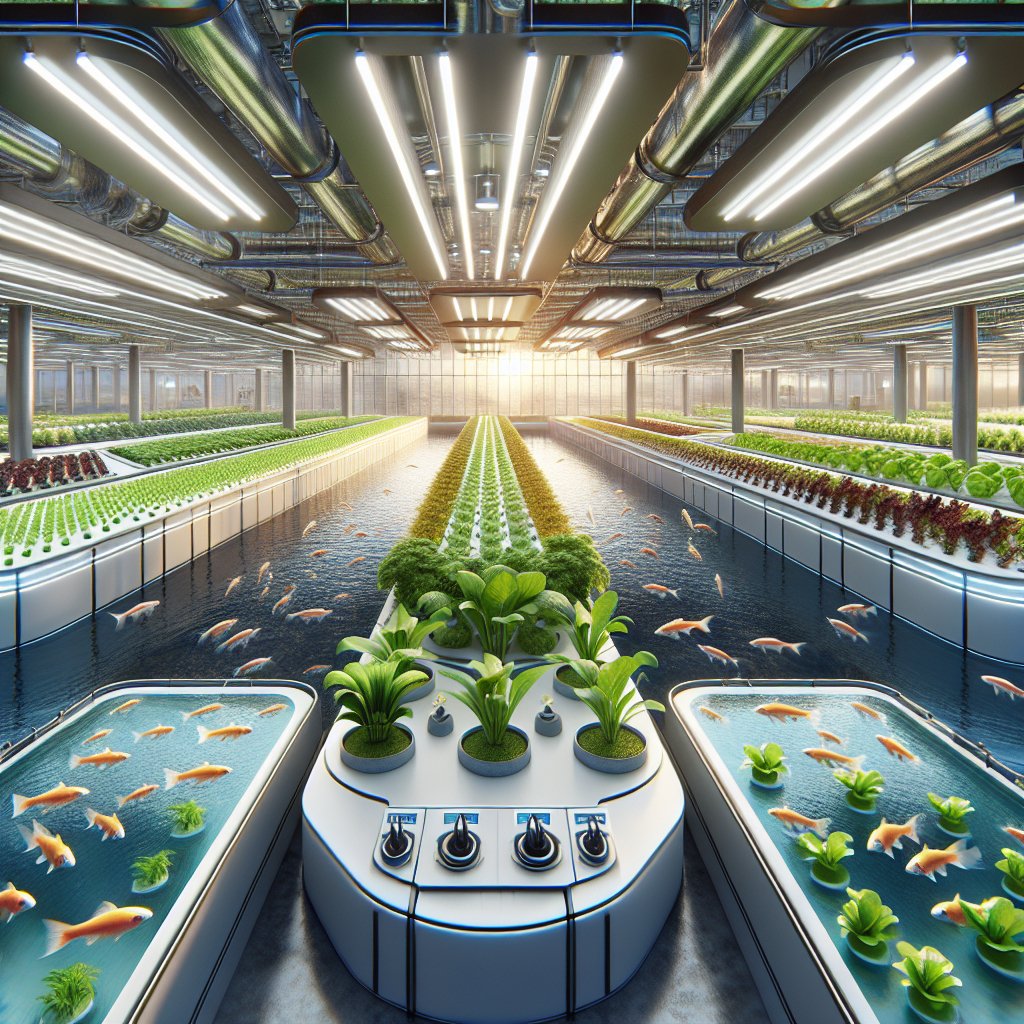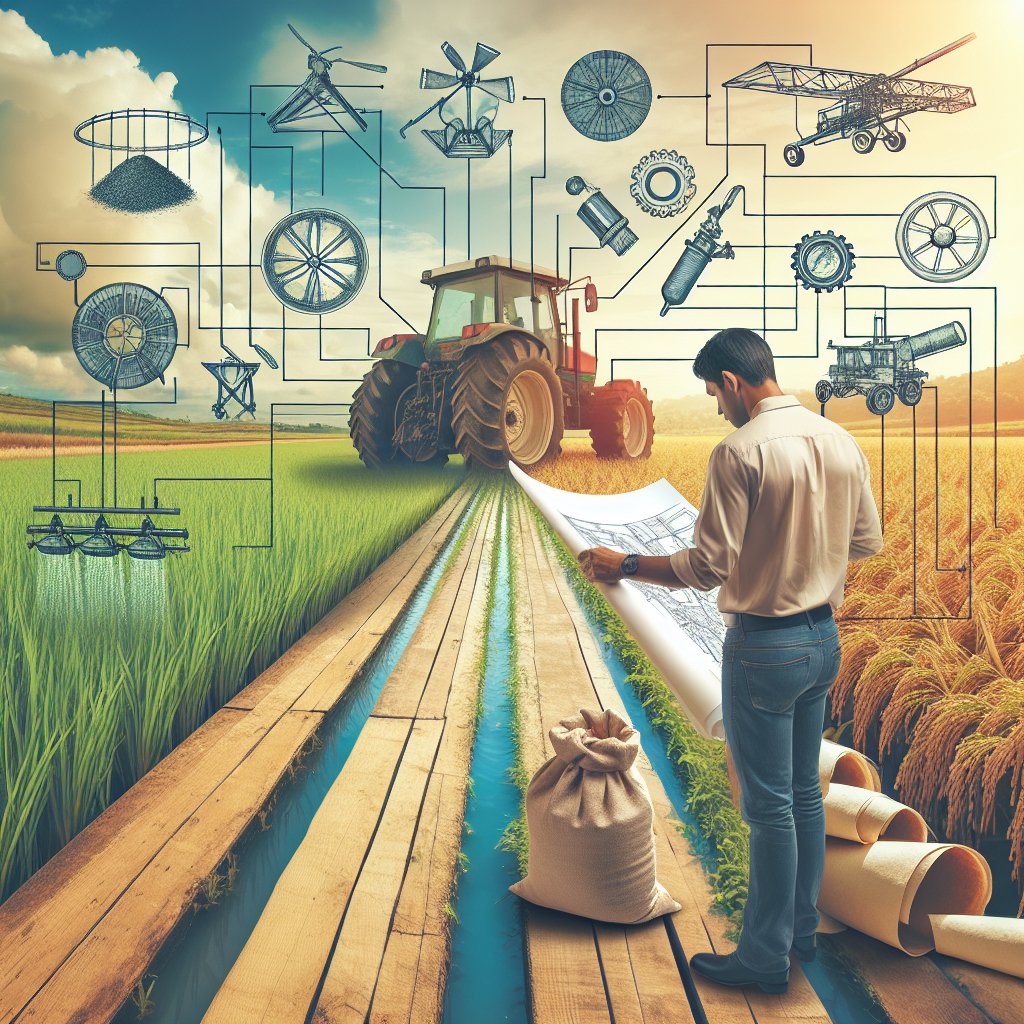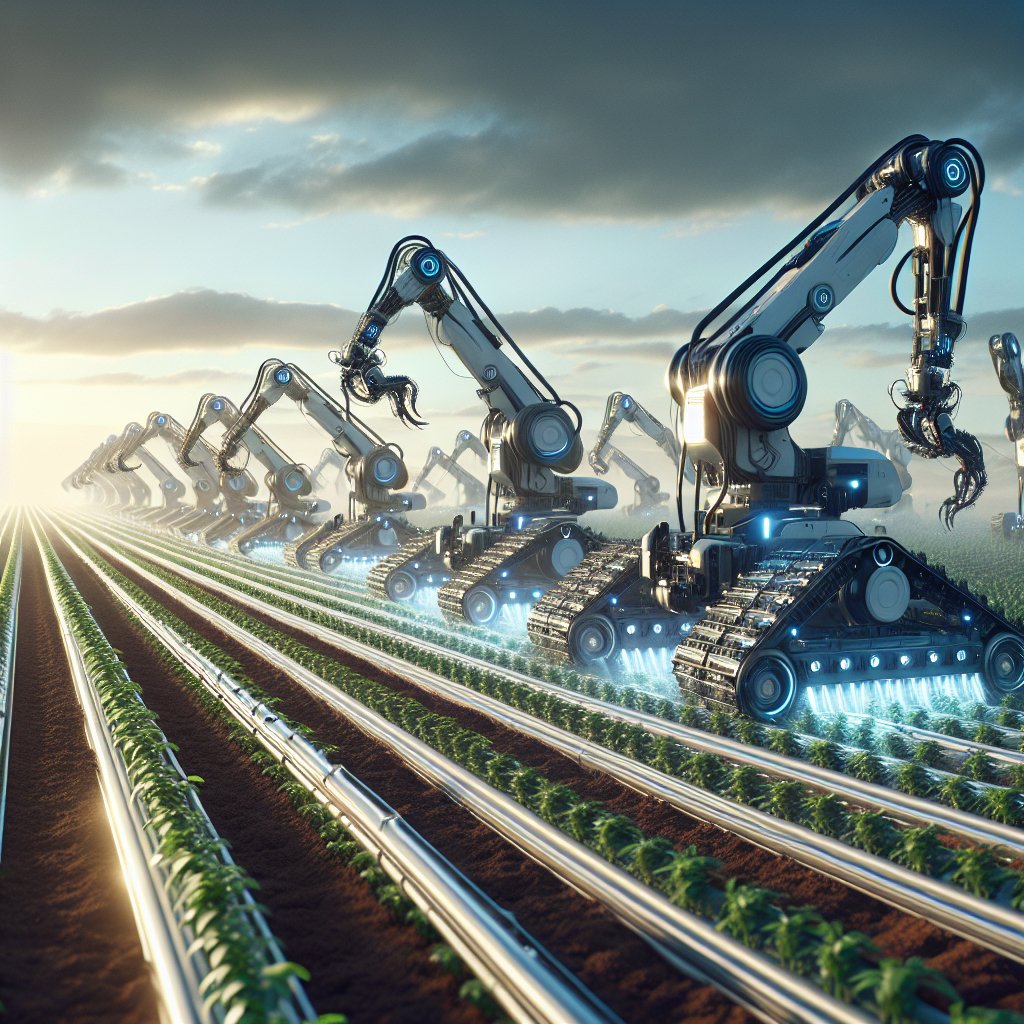Aquaponics systems represent a revolutionary approach to sustainable agriculture, combining aquaculture and hydroponics to create a symbiotic environment for growing plants and raising fish. This innovative method has gained significant attention for its potential to address food security challenges, reduce environmental impact, and promote efficient resource use. In this article, we will delve into the intricacies of aquaponics systems, exploring their benefits, challenges, and future prospects.
Understanding Aquaponics Systems
Aquaponics is a closed-loop system that integrates fish farming (aquaculture) with soilless plant cultivation (hydroponics). The process begins with fish being raised in tanks, where they produce waste rich in ammonia. This waste is then converted by beneficial bacteria into nitrites and subsequently into nitrates, which serve as a nutrient source for plants. The plants, in turn, filter and purify the water, which is recirculated back to the fish tanks, creating a sustainable cycle.
The Components of Aquaponics Systems
An aquaponics system typically consists of several key components:
- Fish Tanks: These are used to house the fish, which can include species such as tilapia, catfish, or trout. The choice of fish depends on factors like water temperature, growth rate, and market demand.
- Grow Beds: These are containers where plants are cultivated. They can be filled with various growing media, such as gravel, clay pellets, or coconut coir, to support plant roots and facilitate nutrient absorption.
- Biofilter: This component hosts the nitrifying bacteria responsible for converting fish waste into plant-usable nutrients. It is crucial for maintaining water quality and ensuring the health of both fish and plants.
- Water Pump: A pump is used to circulate water between the fish tanks and grow beds, ensuring a continuous flow of nutrients and oxygen.
- Plumbing System: Pipes and fittings connect the various components, allowing for efficient water movement and nutrient distribution.
Types of Aquaponics Systems
There are several types of aquaponics systems, each with its own advantages and applications:
- Media-Based Systems: These systems use grow beds filled with a solid medium to support plant roots. They are simple to set up and maintain, making them popular for small-scale and hobbyist applications.
- Nutrient Film Technique (NFT): In NFT systems, a thin film of nutrient-rich water flows over the roots of plants housed in channels. This method is efficient for growing leafy greens and herbs but requires careful monitoring of water flow and nutrient levels.
- Deep Water Culture (DWC): Also known as raft systems, DWC involves suspending plants on floating rafts in a nutrient-rich water reservoir. This method is ideal for large-scale production and is commonly used for crops like lettuce and basil.
Benefits of Aquaponics Systems
Aquaponics offers numerous advantages over traditional farming methods, making it an attractive option for sustainable agriculture:
Resource Efficiency
One of the most significant benefits of aquaponics is its efficient use of resources. The closed-loop system recycles water, reducing the need for constant irrigation and minimizing water waste. Additionally, the integration of fish and plant production allows for the simultaneous cultivation of two food sources, maximizing output per unit area.
Environmental Sustainability
Aquaponics systems have a lower environmental impact compared to conventional agriculture. They eliminate the need for chemical fertilizers and pesticides, as the natural ecosystem within the system provides all necessary nutrients and pest control. This reduces the risk of soil and water pollution, promoting a healthier environment.
Food Security and Accessibility
By enabling local food production, aquaponics can enhance food security and accessibility, particularly in urban areas and regions with limited arable land. The systems can be set up in a variety of locations, including rooftops, greenhouses, and even indoor spaces, making fresh produce and fish available year-round.
Economic Opportunities
Aquaponics systems can create economic opportunities by supporting local food markets and reducing reliance on imported produce. They also offer potential for job creation in areas such as system design, maintenance, and produce sales, contributing to local economies.
Challenges and Considerations
Despite its many benefits, aquaponics is not without challenges. Understanding and addressing these issues is crucial for the successful implementation and operation of aquaponics systems.
Initial Setup Costs
The initial investment required for setting up an aquaponics system can be significant, particularly for large-scale operations. Costs include purchasing equipment, constructing infrastructure, and acquiring fish and plant stock. However, these costs can be offset over time through increased productivity and reduced input expenses.
Technical Knowledge and Management
Operating an aquaponics system requires a certain level of technical knowledge and expertise. Understanding the biological processes involved, such as nutrient cycling and water quality management, is essential for maintaining system balance and ensuring the health of fish and plants. Training and education programs can help equip individuals with the necessary skills.
System Maintenance and Monitoring
Regular maintenance and monitoring are critical to the success of aquaponics systems. This includes checking water quality parameters, managing fish health, and ensuring proper plant growth. Automated monitoring systems and sensors can assist in maintaining optimal conditions, but they also add to the complexity and cost of the system.
Market and Consumer Acceptance
While aquaponics produce is generally of high quality, market acceptance can be a challenge. Consumers may be unfamiliar with aquaponics-grown products, and there may be misconceptions about their safety and taste. Education and marketing efforts are needed to raise awareness and build consumer trust.
Future Prospects of Aquaponics
The future of aquaponics is promising, with ongoing research and innovation driving its development and adoption. As global demand for sustainable food production methods grows, aquaponics is poised to play a significant role in meeting this need.
Technological Advancements
Advancements in technology are enhancing the efficiency and scalability of aquaponics systems. Innovations such as automated monitoring, data analytics, and precision farming techniques are helping to optimize resource use and improve system performance. These technologies are making aquaponics more accessible and viable for a wider range of applications.
Integration with Urban Agriculture
Aquaponics is increasingly being integrated into urban agriculture initiatives, providing fresh produce and fish to city dwellers. Urban aquaponics farms can contribute to local food systems, reduce food miles, and promote community engagement in sustainable practices. As cities continue to grow, the role of aquaponics in urban food production is likely to expand.
Research and Development
Ongoing research is exploring new ways to enhance the productivity and sustainability of aquaponics systems. This includes studies on optimizing fish and plant species combinations, improving nutrient cycling, and developing cost-effective system designs. Collaborative efforts between researchers, industry stakeholders, and policymakers are essential for advancing the field.
Policy and Support
Supportive policies and incentives can facilitate the growth of aquaponics by providing funding, resources, and regulatory frameworks. Governments and organizations can play a crucial role in promoting aquaponics as a viable agricultural practice, encouraging investment, and fostering innovation.
In conclusion, aquaponics systems offer a sustainable and efficient approach to food production, with the potential to address pressing global challenges. By understanding the benefits, challenges, and future prospects of aquaponics, stakeholders can work together to harness its full potential and contribute to a more sustainable and resilient food system.



